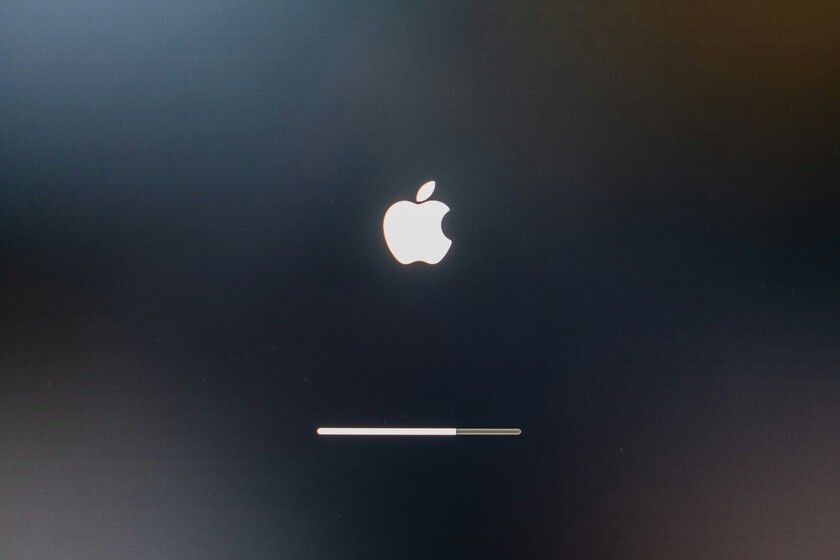Whether you belong to one of these groups or the other, there’s a way to relive that experience in an accessible, fun, and surprising way. The Infinite Mac project allows you to navigate through some of Apple’s classic operating systems. These include the legendary System 1 and the first version of Mac OS X. The best part is that you don’t need an old Macintosh or to download emulators–you just need your Safari browser.
A Window to the Past: Reviving the Classic Macintosh
Infinite Mac allows users to explore and interact with some of the most iconic versions of Apple’s operating system. You can navigate System 7, Mac OS 8, and many others directly from your current Mac or even a Windows computer. Accessing it feels like dusting off an old Macintosh, without the hassles of jammed floppy disks and long loading times. Simply visit infinitemac.org, choose the Macintosh model you want to emulate, and transport yourself back to the 1980s, 1990s, or 2000s.
Interestingly, while these systems may appear simple or even primitive, they hold an essence that’s still present in today’s Macs. From dropdown menus to the menu bar and, in many cases, the Dock, it’s clear that Apple has always had the same vision. Using Infinite Mac allows you to discover that, although technology has advanced significantly, the core experience remains the same.
Using Infinite Mac is straightforward. You just need to select the system you wish to try. You can access as many systems as you like. For a more authentic experience, it’s best to do this from a computer. Click on Run and enjoy your nostalgic journey into the past.
A Look Back in History: The Most Iconic Operating Systems
Exploring Infinite Mac also offers a glimpse into Apple’s history. Each operating system has its own story to tell. Here’s a brief look at three of the most significant ones.
System 1 (1984): The Beginning of It All
System 1 was the first Macintosh operating system and marked a turning point in personal computing. It was groundbreaking for its graphical interface, which featured a top menu bar and movable and resizable windows. It also introduced the famous Finder. Although it may seem simple by today’s standards, in 1984, it felt like witnessing the future on a monochrome screen.
Macs Have Included a Built-In Antivirus for Many Years. This Is How XProtect Works in the Background
System 8 (1997): The Era of Color and Multitasking
In 1997, Apple introduced System 8. Its release marked a shift toward a more modern and vibrant interface. This update included a variety of features designed to enhance user experience. Examples include colorfully labeled folders, improved stability, and the ability to multitask. System 8 set the stage for the expectations users had for operating systems in the digital age.
Mac OS X (2001): The Birth of Modernity
In 2001, Apple launched one of the most transformative versions of its operating system: Mac OS X. This release marked the beginning of a new era for the Mac. With it, the company introduced a completely revamped design known as “Aqua,” which featured vibrant colors and gel-like icons. It also included the iconic Dock, a feature many users still use today.
Whether you experienced the golden days of the Macintosh or not, trying out these systems is a fun way to connect with the history of Apple and computing. If you’re curious to discover what Apple computers were like 20 or 30 years ago, Infinite Mac is the perfect option. Are you ready for a trip back in time?
Image | Claudio Schwarz
Related | The Mac vs. PC War Seemed a Thing of the Past. Now, It’s Coming Back
The post Explore 40 Years of Apple Operating Systems Without Installing Any Software: Infinite Mac Is the Ultimate macOS Museum in Your Browser appeared first on Xataka On.




